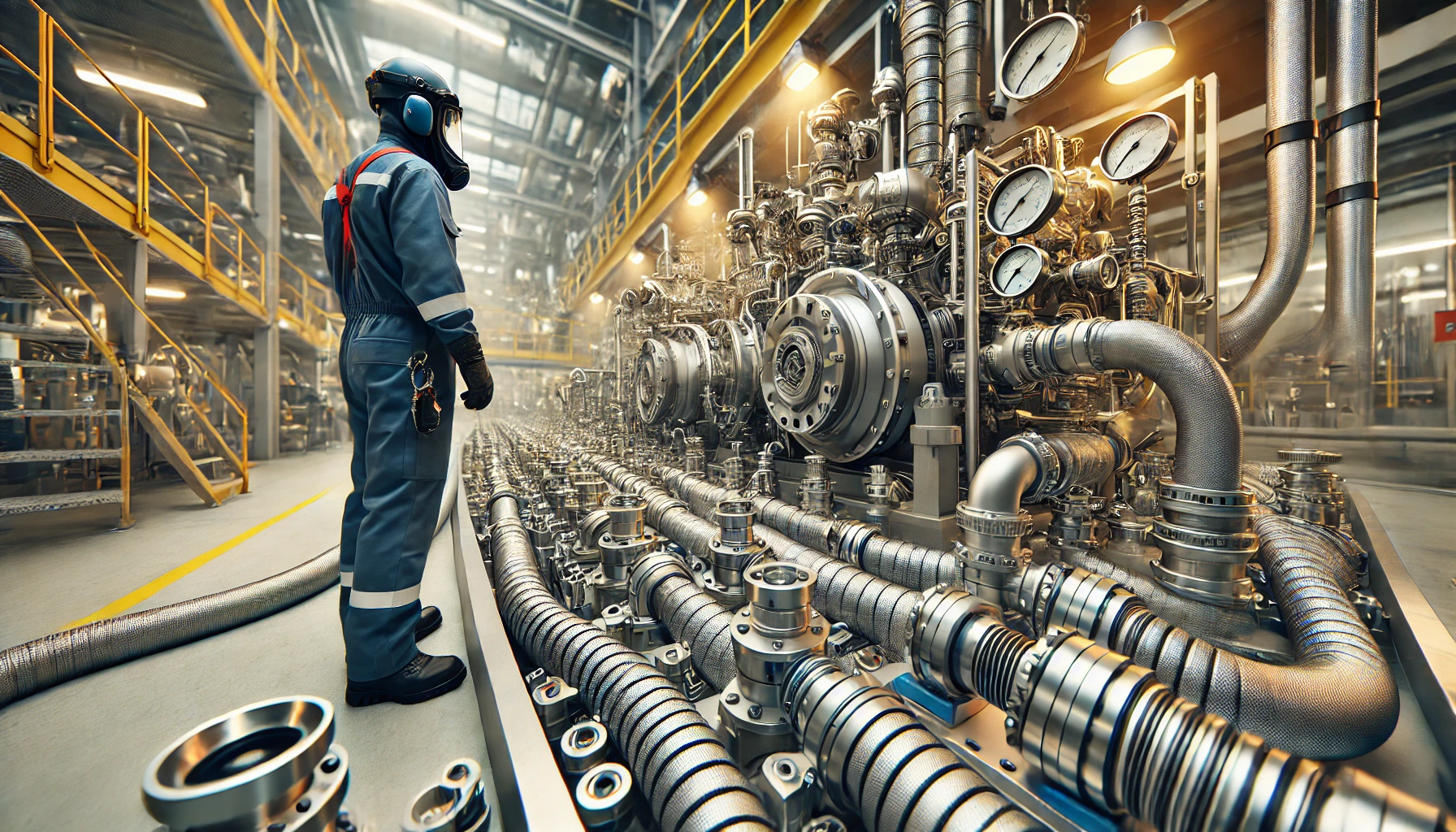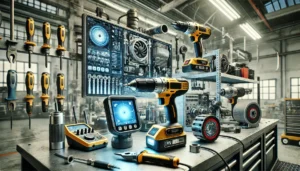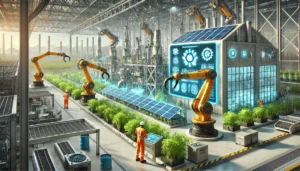The failure of hoses in crucial procedures results in serious safety and operational issues as well as increased costs for maintenance. One of the key steps is to understand common causes of hose failure and implement preventive measures so that these assemblies can operate for longer periods of time with effective hose management practices.
Common Causes of Hose Failures
- Abrasion: An effective means of hose failure occurring is during the rubbing against parts of machines or surfaces that are similar to sandpaper leading to the outer cover of the hose being nearly entirely worn off.
- Overheating and Freezing Temperatures: Hoses that operate while the external temperature/hose material temperature is greater than 160 f will get soft, while temperatures lower than 0 f will cause the hose material to become brittle. This leads to cracking material.
- Incorrect Hose Size: Using inappropriate size hoses increases the risk of a seal not being made properly leading to failure. On the other hand, using a small sized hose in a greater sized application leads to excess pressure and can cause the hose to burst.
- Chemical Incompatibility: Certain fluids can lead to degradation of hose material. This could lead to softening, swelling or even cracking.
- Imbalanced Bend Radius: Exceeding the specific minimum a bend radius specified for the hose can lead to kinking which restricts flow and damages the hose.
- Improper Assembly: A hose with improper attachment fittings or inadequate crimping can lead to leaks and burst or unfastening under pressure.
Preventive Measures to Avoid Hose Failures
Systems for Supporting Hoses and Their Routing
The routing of hoses is paramount as it is essential to avoid failures. Routing problems include rubs, sharp bends, and contact with dynamic and moving components. Clamps, brackets, and guides are mechanisms that we use for preventing hoses from motion that could be mechanically harmful. Proper routing not only lengthens the lifespan of hoses but maintains uninterrupted fluid flow.
Routine Pressure Testing
Both hoses and the system are subject to constant stress from high-pressure systems. Routine pressure tests expose weak areas and leaks which if not treated, can develop into failed states. Pressurized hoses may be subjected to temperature controlled pressurizing systems. Periodic testing enables the operator to troubleshoot problems which could have hampered operations.
Use of High-Quality Hoses and Fittings
Low-quality hoses and fittings are often more prone to wear, leakage, and failure. Investing in high-quality materials from reputable manufacturers can significantly enhance durability and performance. Features such as abrasion-resistant covers, reinforced layers, and advanced sealing technologies contribute to the long-term reliability of hose assemblies.
The Need for Periodical Replacement of Old Hoses
Hoses do deteriorate after a certain amount of time irrespective of their quality. They tend to get worn out because over a period of time, hoses need to endure wear and tear and also some environmental factors. Setting a proactive replacement schedule means that hoses are replaced before they fail. This tactic reduces unplanned downtime while improving safety in how the operation is completed.
Proper Practices On Storage
Storing hoses incorrectly may ruin them even prior to the job site. Keep the hoses in a dark and dry storage area where there are no chemicals, high temperatures, or direct sunlight. Hose coils should also be bent or kinked to limit achieving those structural changes. It is also a good idea to store them in marine racks or cupboards to avoid damaging them during storage.
Personnel Training And Education
Staff training for end users of hoses is one precision engineering aspect of the entire process that is often neglected. It is very important that staff is appropriately trained on how to choose the correct hoses for particular purposes, as well as on how to check for worn out or damaged components, and on how to properly install, assemble, and disassemble them. Through training, operators are also informed about the risks and the need for regular maintenance and examinations of the hoses.
Advanced Monitoring Systems for Hose Maintenance
The advancement of monitoring technology has changed the way hoses are maintained. High-level systems fitted with sensors provide info on a hose’s functioning such as its pressure and temperature and the extent of wear and tear. With these monitoring systems, maintenance can be done in a predictive manner by warning operators when malfunctions are predicted to happen. Automated alerts lessen the chances of machinery halting functionality and provide resolutions to any problems in the minimum time.
In critical sectors like oil and gas, manufacturing, and aerospace and where significant losses are incurred from equipment downtimes, monitoring systems are increasingly being integrated into practice. Not only do these systems improve safety, but they also increase the functional longevity of hoses by ensuring that they always perform under safe conditions.
Hose Environmental Factors
Hoses often face an extreme environment such as very high or low temperatures, strong UV rays, moisture, and even a corrosive environment. To further address these issues, protective measures such as outer covers that resist UV or increased shielding for hoses functioning in chemicals-rich areas should be utilized. Hoses that will be used for outdoor applications should be designed to endure weather-related conditions.
Real-Time Maintenance Logs
Using a log will record and document the maintenance history of each hose assembly. Maintenance records are ideal since they contain inspection dates, repairs, replacements, and usage patterns. With these logs, operators can foresee maintenance of these parts to avoid failures due to failing to replace worn-out hoses. Maintenance logs aid accountability towards safety protocols and procedures too.
Reduced Downtime Through Proactive Maintenance
To prevent hose failures in critical operations, it is important to use preemptive maintenance strategies. These operators will conduct inspections on a regular basis to try and solve any minor issues that arise and have enough spare hoses and fittings to not halt operations. It is easier and cheaper to schedule downtime for maintenance than to deal with unforeseen failures in critical operations.
Conclusion
In the critical operations, the failure of the hose assemblies can result in adverse effects. Addressing issues such as abrasion, assembly, and external environmental factors as well as putting in strong preventative measures improves the reliability and performance of the hose system. Training the personnel, picking suitable hoses, proper storage, real-time monitoring, and proactive maintenance are the most crucial steps to mitigate risks and reduce downtime.
Because of the hose failures, their long term costs and maintenance of the critical processes can be significantly reduced. Enhancing maintenance efficiency, protects the men and machinery, which makes hoses a priority within every industry. Keeping these practices in check allows maintaining operational standards.










